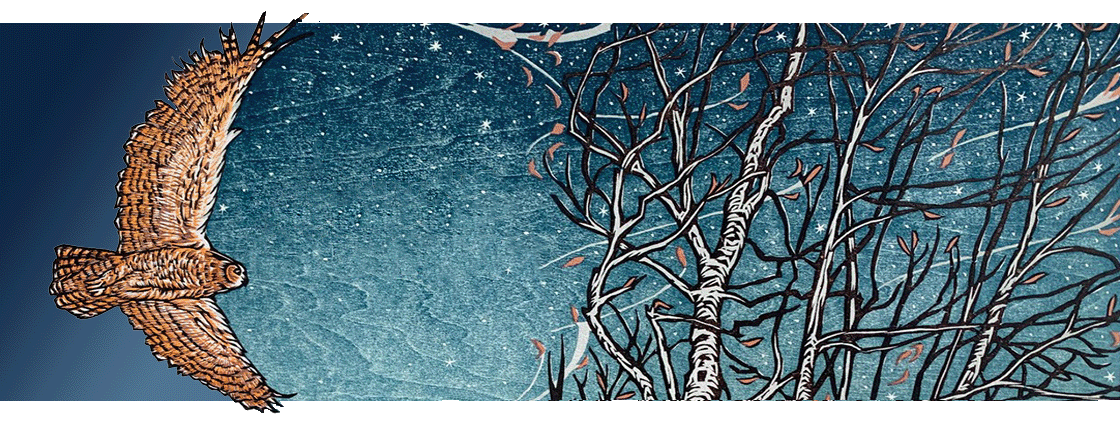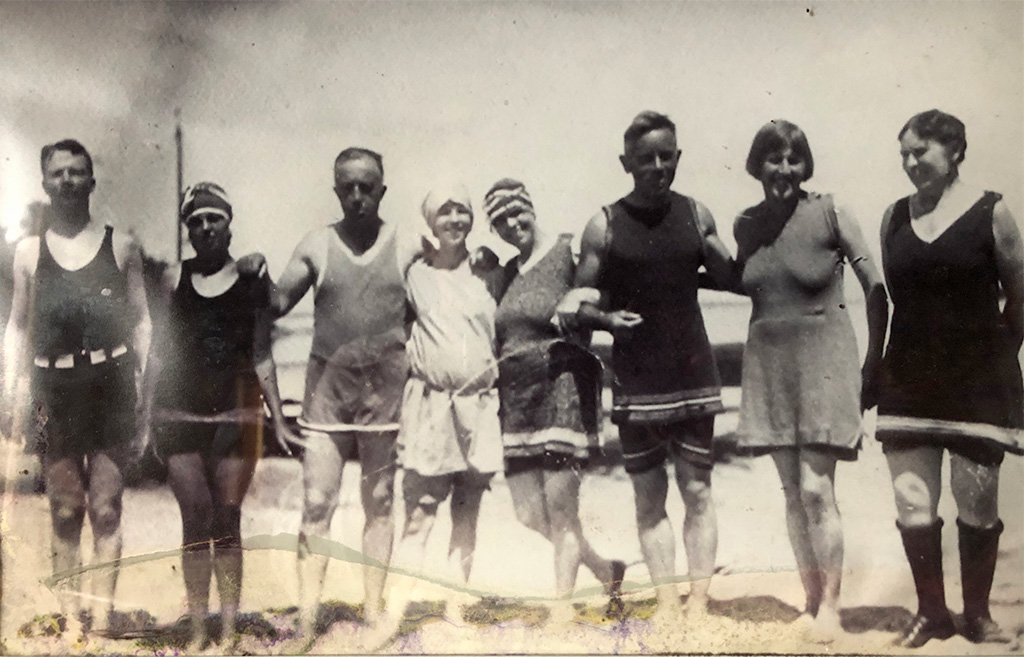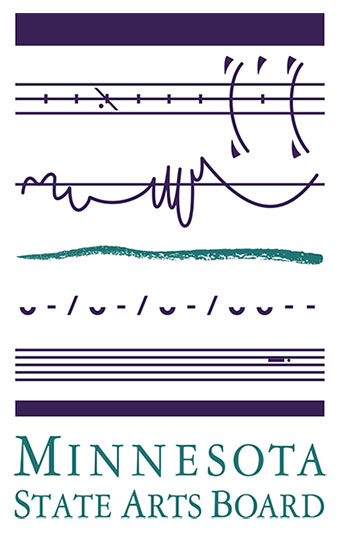
Waterfall
University of Minnesota Press, 2021
Hardcover: 978 – 1517901745
264 pages
Autographed copies of Waterfall are available from Mary’s online store.
Waterfall
written by Mary Casanova
In her third Rainy Lake historical drama, Mary Casanova takes us back to pristine and rugged northern Minnesota. It’s 1922, women have won the right to vote, and Trinity Baird is of age. But at 21, and after nearly two years at Oak Hills Asylum, she returns to her family’s island summer home with her self-confidence in tatters and her mind seared by haunting memories. Her parents are oblivious to what they have put her through and instead watch their daughter for the least sign of defiance. Trinity struggles to be the “respectable” young woman her parents (especially her mother) demand, so that she can return to her independent life studying art and painting in Paris. She never wants to go back to Oak Hills, where they “treat” hysterical, i.e., unconventional, young women.
With enough talent and ambition to be accepted into the Sorbonne, Trinity had hoped she would be well on her way as an artist by now. On the island, she returns to what sustains her: painting. While her love for this beautiful place is deep and abiding, the few months ahead present a near-impossible task: recover the strong sense of self she’s nearly lost during her time away, while holding off her powerful family’s efforts to coerce her into submission. When her parents arrive on Baird Island, her father brings along a promising young architect to help with plans to build new guest cabins. Trinity suspects her parents are trying to introduce yet another marriage prospect. Or might she have found an ally?
Informed by historical figures, by the burgeoning growth of women’s rights in the early twentieth century, and the complicated issue of mental illness and how “difficult” women were silenced, Waterfall offers a compelling story of an inspired, ambitious, and soulful young woman’s fight to find her way.
Reviews & Comments
In Mary Casanova’s latest novel, Waterfall, 21-year-old Trinity Baird is summering on the family island in northern Minnesota after a two-year stint at an asylum in St. Peter, Minn. It is 1922 — think women’s suffrage, costumed dinner parties, wooden speedboats. Think The Great Gatsby comes to the Boundary Waters.
…All in all, the young artist proves her mettle. In the end, revelations come fast and furious. The disclosures are at times clearly voiced, at times deftly intimated, which makes “Waterfall” a refreshing and satisfying read.
—Christine Brunkhorst, Star Tribune
Waterfall is a thoughtful and beautifully written story about a young woman struggling to find her independence. Set in the 1920s, the book gives us glimpses of the issues of the day, which remain important now — women’s rights, anti-Semitism, treatment of mental illness, lynchings. A deeply satisfying read, it shows that one can go over the waterfall and still survive.
—Mary Logue, author of The Streel and the Claire Watkins mystery series
Waterfall is a moving story about healing against all odds. The novel recognizes the seemingly small yet profound movements beneath the surface of everyday life and shows how significant events happen even when you hardly notice them … all written in a beautifully crisp style.
— Ola Larsmo, author of Swede Hollow
Waterfall is most compelling in its portrait of the Baird family, especially the relationships of the mother and the two adult daughters/sisters. Without milking the reader’s sympathy, Casanova shows each woman’s emotional status in the family, their jealousies and traumas, and the repressive social conventions that have soured their time together. The connections the women manage to make with each other aren’t tied up in pretty bows, but are left tentative and conditional.
—Jean Huets, Historical Novel Society
Awards
- NE Minnesota Book Award Nominee, 2022
- A Reading Group Choice Book Club Selection



